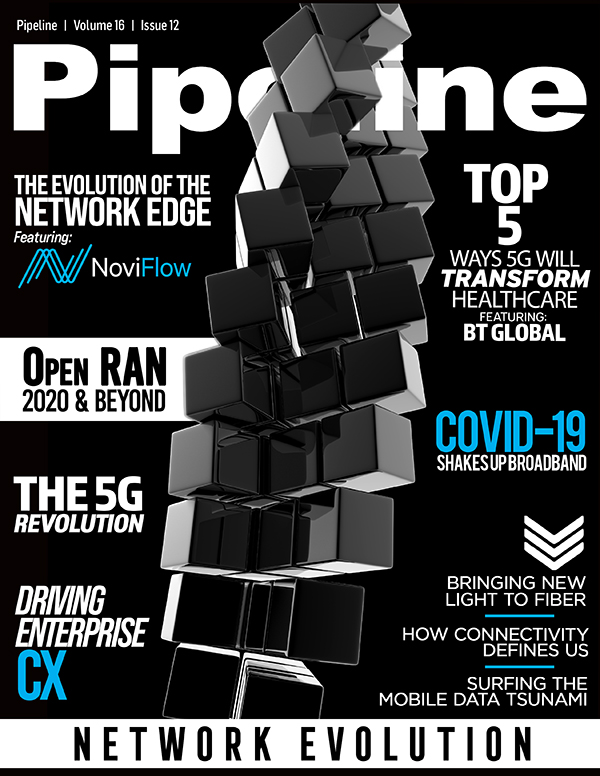A Tsunami of Mobile Data Could Throttle Networks
The role of machine learning and AI
For operators to overcome congestion and fully monetize their networks, they must integrate machine learning (ML) technology that can intelligently manage data delivery through the RAN to preserve QoE and use costly RAN resources efficiently. ML will play a key role in helping operators automate 5G networks while increasing network performance and shortening time-to-market for new features.
Integration of machine learning into current and future generations of cellular access is critical to building a cellular network that continually adapts to customer requirements as well as to static and dynamic characteristics of different deployment options.
5G use cases and services like ultra-reliable low latency communications (URLLC), massive machine-type communications (mMTC) and enhanced mobile broadband (eMBB) place heavy demands on RANs in terms of performance, latency, reliability and efficiency. The wide variety of network requirements, paired with a growing number of control parameters of modern RANs, has given rise to an overly complicated system that belies the need for operators to simplify the management and provisioning of different services and improve the performance of the services offered.
AI-based tools and techniques make it possible for operators to achieve new objectives that are beyond the reach of classical optimization and rule-based approaches. Likewise, AI has the ability to significantly improve functions like anomaly detection, predictive maintenance and the reduction of site interventions through automated site inspections with drones.
AI can also manage the RAN automatically during peaks and troughs on the network, something that operators have needed to do for years but have lacked the technology to accomplish. Today, telecom networks are engineered for peak demands that are fairly predictable—peaks on wireless networks typically occur in the morning and early evening, for example, when people commute to and from their jobs. But in the future, engineering for peak traffic won’t be so easy.
What next?
The digital landscape is far from static, and operators are used to keeping up with a picture that has a tendency to change rapidly and frequently. However, the rollout of 5G combined with the COVID-19 pandemic represent a tectonic shift of potentially epic proportions. As the land continues to move beneath the feet of operators and businesses—and indeed the world at large—operators must deploy ML and AI as they face the ‘new’ normal in traffic management.





















